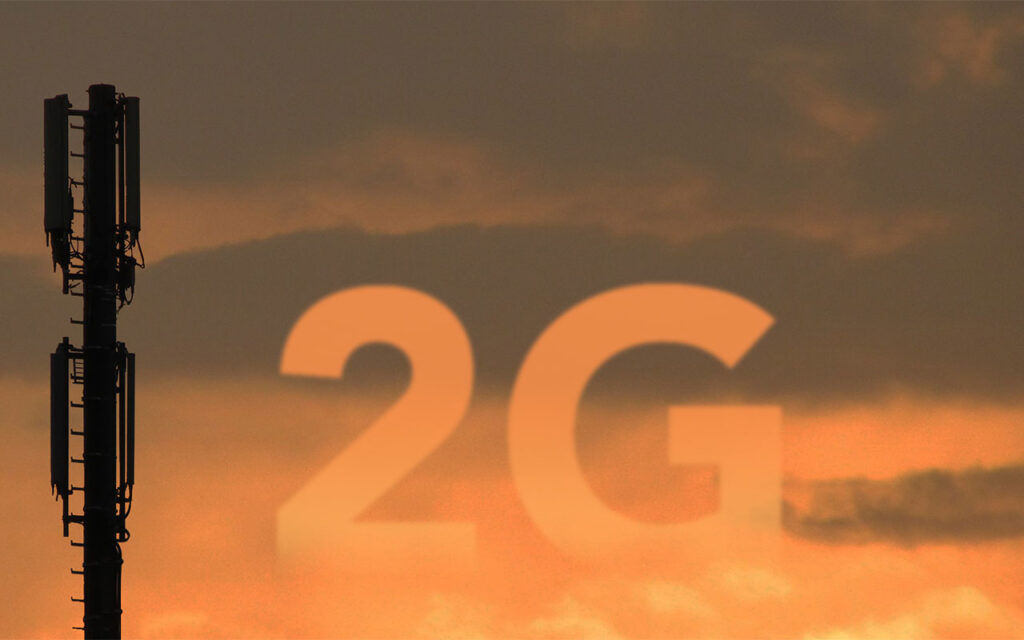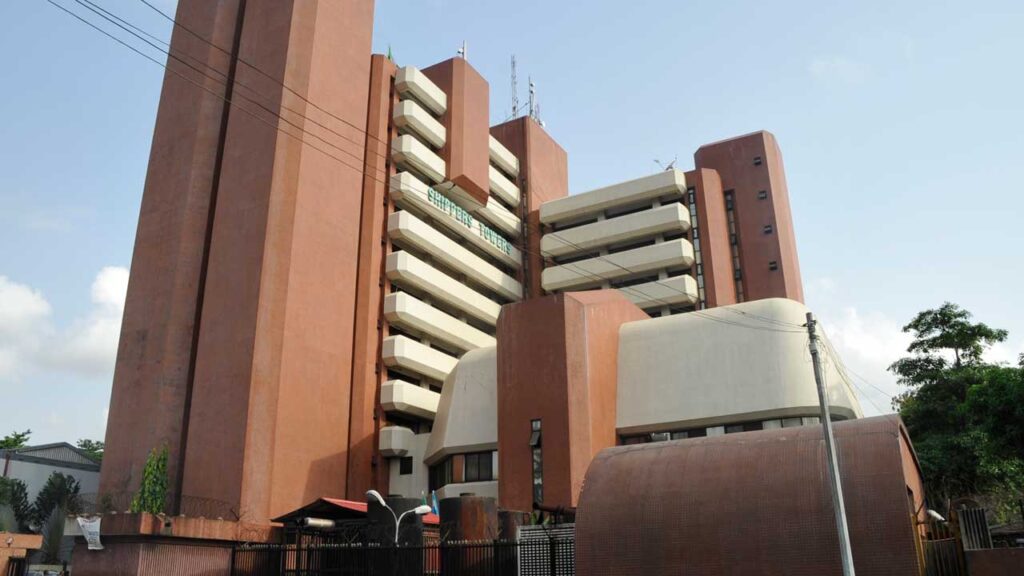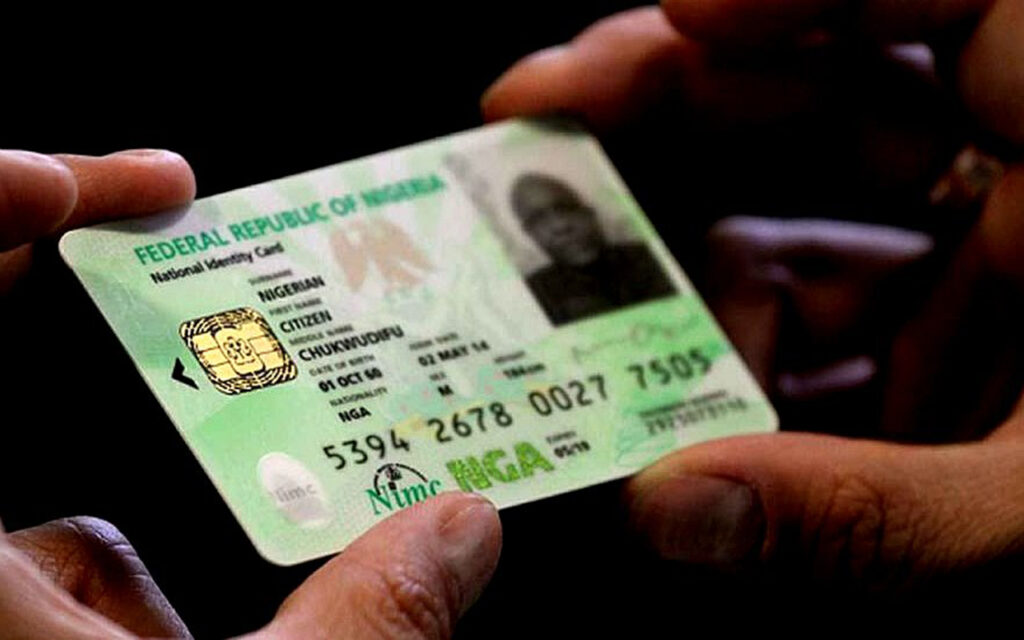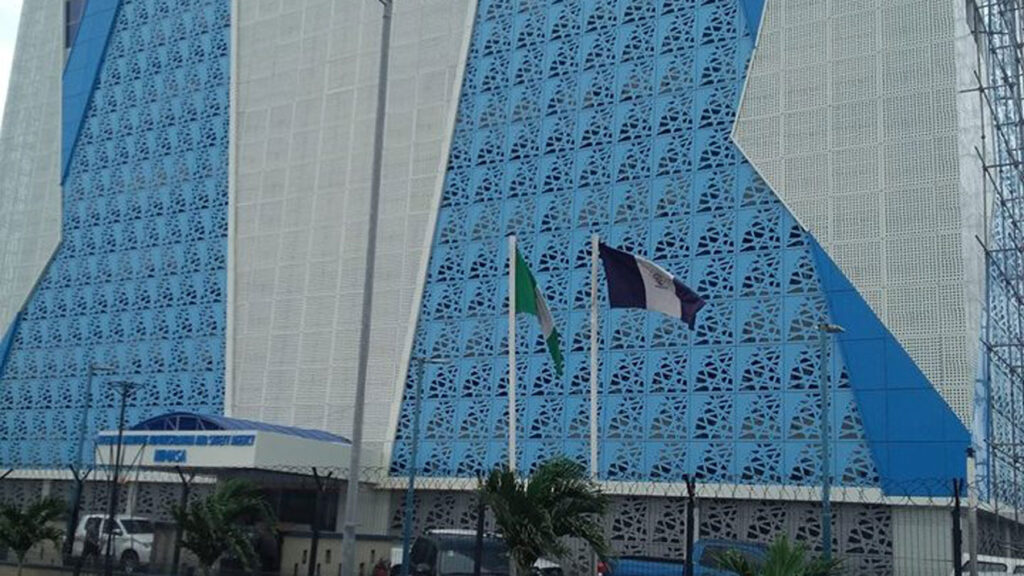 • S’Africa to shut down 2G, 3G by 2027
• S’Africa to shut down 2G, 3G by 2027
Despite the expansion of mobile networks in many African countries, where about 600 million of the continent’s 1.2 billion people are connected, coverage gaps persist, still posing a connectivity challenge.
Ookla, which revealed this in a new study, titled: “Sunsetting Networks in Africa will be Gradual and More Selective than in Other Regions,” noted that if operators decided to rush the decommissioning of older networks, they could leave many people losing mobile access, thus widening the digital divide.
It noted that 2G is particularly suitable for the region’s large rural population because 2G base stations can provide good coverage across large distances.
This, according to Ookla, is why in many African countries 2G coverage of the population has reached or exceeded 90 per cent while that of 3G and 4G lag.
Ookla is a web service that provides free analysis of Internet access performance metrics, such as connection data rate and latency.
Further, the report observed that the prevalence of basic and feature phones across the continent is another barrier. It said handset compatibility issues with newer technologies and the higher costs of smartphones and data plans represent significant hurdles for low-income populations, complicating the transition process.
Ookla said Speedtest Intelligence data showed that the 2G/3G share of connections has been trending down in Nigeria and South Africa throughout 2023. It said that by February 2024, 3G penetration in Nigeria was at 7.4 per cent and in South Africa at 4.3 per cent, with 2G penetration significantly lower at 0.7 per cent and 0.4 per cent, respectively, suggesting that more subscribers in Nigeria than in South Africa spend the majority of their time on 2G/3G.
“According to the Nigerian Communications Commission (NCC), 67.6 per cent of subscribers used 2G or 3G as of December 2023. ICASA in South Africa does not publish detailed mobile connection technology data.
However, we can estimate that 2G/3G subscribers accounted for around 35-40 per cent of total connections in South Africa at the end of 2023 based on Speedtest Intelligence and NCC data. Since South Africa is the most developed mobile market in SSA, the penetration of legacy networks is expected to be much higher in less developed markets,” it stated.
Ookla, in the document, which was authored by analyst Karim Yaici, observed that the combination of high living expenses and Nigeria’s extensive geography suggests the full transition to modern networks will be slow and gradual while 2G and 3G networks remain in operation for the foreseeable future. It said this is evidenced by renewal by MTN and Airtel of their 2100MHz spectrum license in 2022, primarily for 3G uses while progressing with 5G deployment.
According to it, an operator can choose to repurpose that spectrum for 4G and 5G in the future or use dynamic spectrum sharing to share it between different technologies.
Ookla referenced the Department of Communications and Digital Technologies (DCDT) in South Africa, which proposed a plan in 2022 to sunset 2G and 3G networks to free up spectrum for 5G and future technologies.
“Initially, the plan aimed to shut down 2G and 3G networks by the end of June 2024 and March 2025, respectively. The DCDT subsequently extended the deadlines twice to give more time for the operators to prepare for the transition. The most recent amendment was in February 2024, scheduling the phase-out to begin in June 2025 and conclude by the end of 2027. It will also include new spectrum auctions, likely to take place in 2024,” Ookla stated.











